I have seen some examples demo of ARKit where material A is blocking material B, kind of creating occlusion effect, or black hole, or masking. But all of them seems to be using Unity engine (I might be wrong). I wanted to do this using what Apple provide already. Or maybe using Metal Shader.
Wondering if anyone knows a trick that allows this for ARKit or even in SceneKit term, when 2 objects are overlapping, but wanting one object to occlude the other object, leaving the other object empty. It cannot be CSG right, because that would be too expensive?
